An intriguing beginning, containing a single panel that is worth the cover price alone.
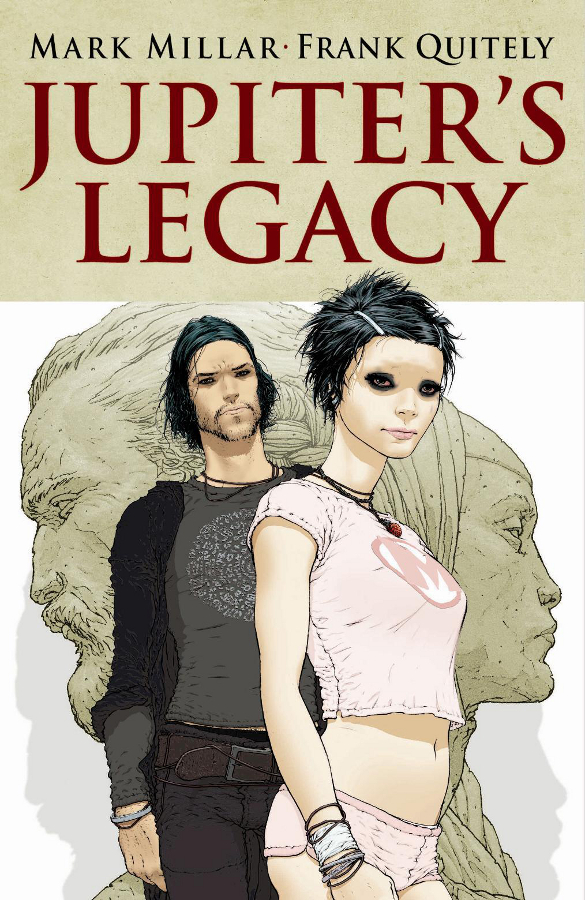
Fortunately, Jupiter’s Legacy – previously known as Jupiter’s Children – has one very important trick up its sleeve. Make that two. While Millar may be just a tad divisive in the comics community, Frank Quitely is almost universally loved (despite getting undeserved stick for his slower work rate due to a recurring serious back problem). Not only by comic fans but by those in the industry itself, the chilled Glasgow man has an utterly recognisable style and an undeniable talent for storytelling. Here, as in the newer edition of Flex Mentallo, Quitely is coloured by Peter Doherty, a tremendous artist in his own right. Together they make some of the most beautiful comic pages you could hope to see, and have shifted this book to the top of everyone’s wishlist.
What then of the comic itself? An intriguing read, issue one does an impressive job of squeezing in a huge amount of backstory and character set up without distracting from the story flow. The focus here seems to be on setting the tone rather than bombarding us with the thoughts and feelings of every character. The three pages seen in preview, of the group of bright young things searching for an island in 1932 is our opening, and with only five more pages the past is behind us and we move into the present day. The past sees our group of all American youth searching for greater meaning in their life in the fallout of the Great Depression, an economic disaster somewhat hammered into the reader a little enthusiastically.
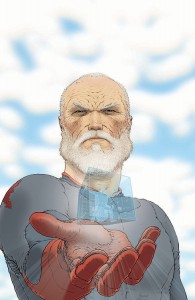
The sought for island remains mysterious, with the resulting powers of our new heroes unexplained and largely unseen. We are told that these heroes care not for money or politics, only to serve their country. The Golden Age of comics then, rolled into a neat ball and thrown in the aftermath of the Depression and carrying them into and through the Second World War.
Moving into the present day with the predictably ungrateful and spoiled offspring of those heroes, it is mentioned that the original group had children in order for their work to be carried on. These kids are not the angst-driven Spider-Men of the Silver Age then, nor the non-powered vigilantes of more recent creations. Second-generation superheroes who have more in common with the celebrity brats of Hollywood than even the brattiest of X-Men kids. Like the mutants though, these less than bright young things didn’t ask for their powers either. Which laces the typical teen task of disappointing their parents with more than a touch of a struggle for their own agency.
Agency, sex with fangirls in the toilets, drug abuse, same thing. Their parents are of course unimpressed, yet despite a lack of so-called supervillains, the super-elderly squad still seem to spend much of their time punching bad guys to bits. Remember the Great Depression that was focused on rather heavily earlier? Now the event that birthed the original squad is used as a parallel to the current financial crisis rocking the world thanks to the same old greedy moneymakers.
This parallel, that we’re stuck in a cycle, that the current situation is comparable to pre-WWII US, and that the heroes have seemingly done little to actually improve things in the last eighty years is voiced by one of the heroes, Walter, who posits that they would have been better off with direct action: “Don’t you think we could help more directly? Doesn’t this give you a horrific sense of impotence?” He is shut down quite firmly by his brother, the bearded leader The Utopian, with a face-off double panel that has more than a hint of foreshadowing.
Coming after the team have just gleefully beaten a villain to a messy pulp, this crisis of conscience is a familiar take on the old moral conundrum of just how far a superhero should go to keep the world safe (and amusingly, also just popped up in Justice League #19)… meanwhile, one of the kids expounds upon the miseries of being a poor little rich girl whose pacifist ideals understandably clash with the hyper-violent family she was born into: “I thought she’d be pleased about my charity foundation,” she says of her mother, “but all she wants is me punching people in the face… I’m not going to hurt someone because they contradict our belief system.”
Where Millar is intent on taking this will be interesting to see. These are ideas that have been addressed in comics before (including by Millar and Quitely previously in The Authority), but the generation gap here with the Golden Age heroes faced with their super-corporate-savvy modern descendants that care about money and branding over heroism and violence is a new spin, and rather apt. The frustration of one of the previous giants, furious with his impotence and lack of perceived legacy is surely something all heroes would face were they to actually age in real time: Superman constantly reset to Kansas farm boy, his good work wiped out and the world as sick as ever, all in the name of making money.
The characters of Jupiter’s Legacy appear to live in our real world, forced to confront their own impact or lack thereof, while their children seemingly squander their talents. The argument of might versus right is reminiscent of the dividing line of old between Xavier and Magneto, but hopefully it will avoid wandering down the path already taken.
Millar and Quitely have collaborated before, on the aforementioned The Authority many years ago, and fans are excited to see the two get together again on this project. Millar’s work can tend to slide a little too heavily on the side of ultra-violence at times, obscuring the sharp pen that brought us the likes of Superman: Red Son, but The Authority remains a favourite with many, not least for being the break out hit of both men. The familiar shock tactics in more recent comics are not present here though, with Jupiter’s Legacy being a restrained read despite its ambitious aims.
Quitely’s work is beautiful, with his panel shifts and viewing angles making the storytelling look deceptively easy. In the incredibly large cast there is never confusion over who is appearing on the page, and personality is expressed wonderfully through facial expressions and body language. Our first hero, Sheldon (The Utopian), has the familiar strong jaw of both Flex and Clark, while the women are beautiful in a more ethereal manner than the pretty but vacant faces that superhero comics are often cursed with.
The costumes of the old team have nods to many of our most iconic characters, yet avoid looking like cheap knockoffs. While the older women mostly wear form-fitting but non-revealing outfits, one of the younger girls is presented in a completely improbable outfit that is half bikini, half gimp suit (very similar to Morrison and Jones’ Oubliette in fact). A fitting reflection perhaps of one of the most visible differences between Golden Age supergirls and their successors, yet still – the cast is very diverse indeed.
Doherty’s washed out colours in the ’30s scenes set the time period wonderfully, before ramping up the colour and shadows in the modern day. The colour palettes for different sequences in the later part of the book contrast sharply and give the correct impression of scenes occurring simultaneously. The genius of Quitely’s Madman strip (in Madman 20th Anniversary Monster) is distilled into one single panel in this issue – an artistic representation of a psychic world that peels out to flats, pencils and blue lines building together. This one panel is in fact worth the cover price alone.
We know that the first volume is 10 issues long, with a break after the first five, and the book will be shipping bi-monthly. With one issue it is hard to judge whether a comic is a long-term success, but Jupiter’s Legacy #1 is certainly hugely interesting and I’m looking forward to finding out more about several of the characters. Here’s hoping for a long and healthy run.
Jupiter’s Legacy #1
Writer: Mark Millar
Pencillers: Frank Quitely
Colourist: Peter Doherty
Cover Artist: Frank Quitely, Bryan Hitch, Dave Johnson, Phil Noto
Letters: Peter Doherty
Publisher: Image
On Sale: April 24, 2013
Diamond ID: FEB130379


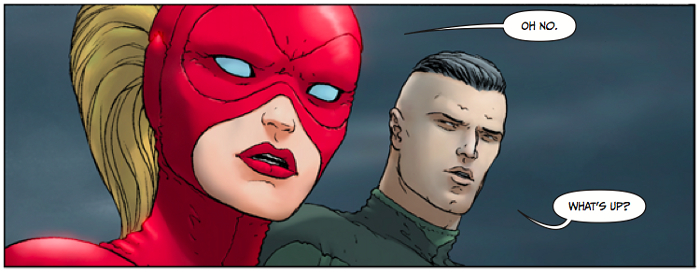
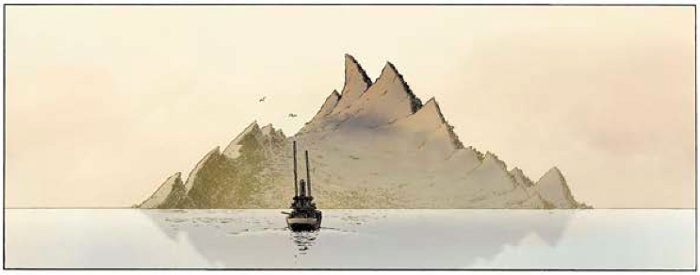
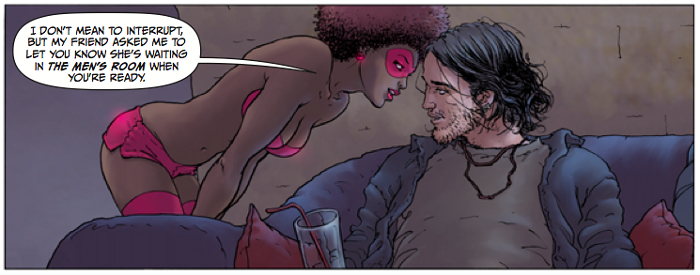
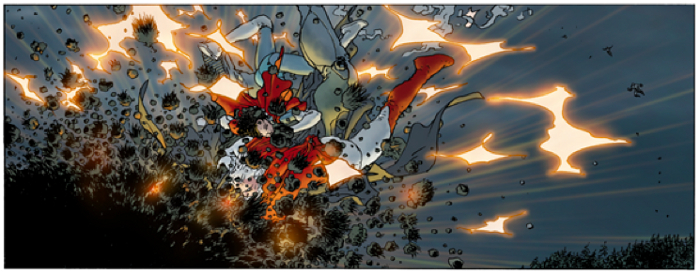
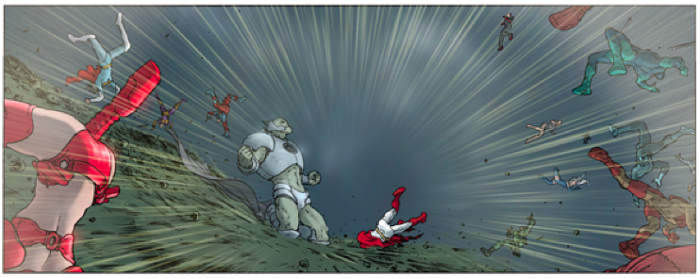
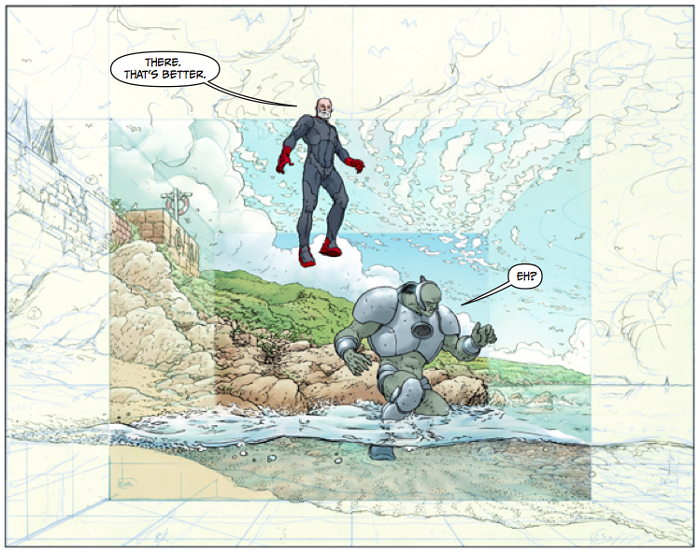
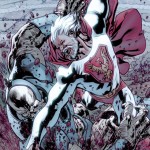
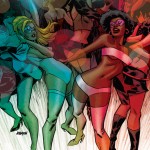
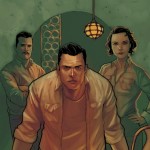
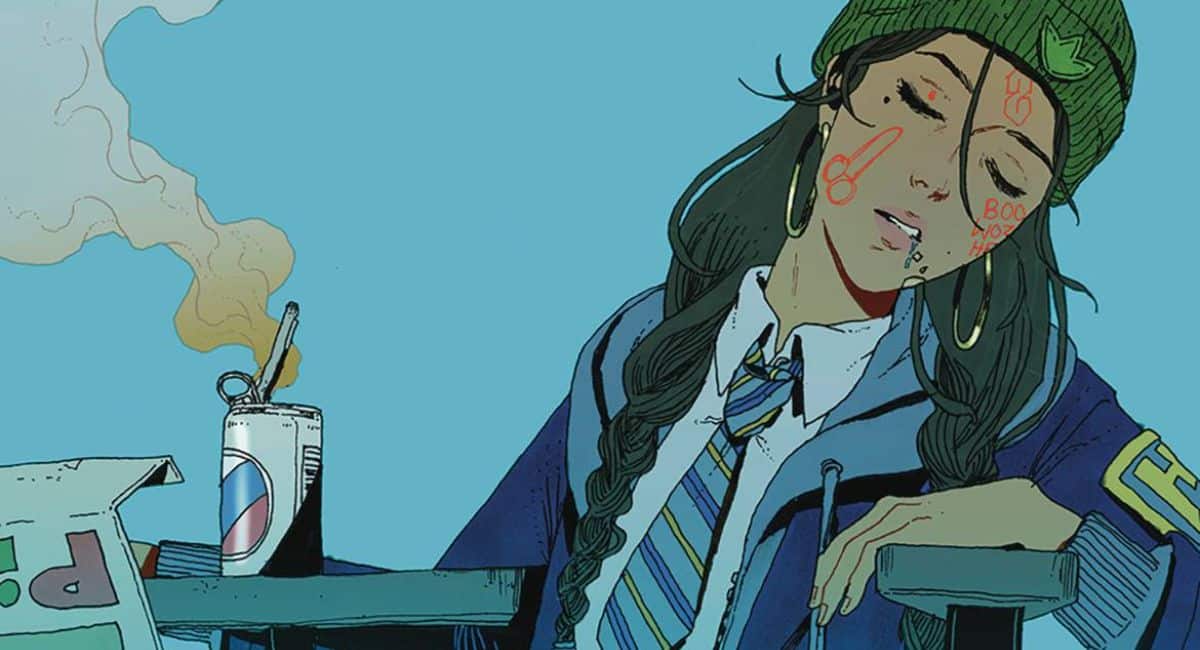

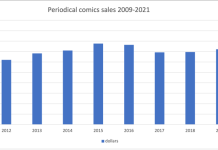


What’s cover price on this?
Price is $2.99 (so around £2 in UK too).
Was looking forward to this, but Millar’s idiotic take on digital comics means I will do my best to never support a project he works on. Unless of course he comes around and realizes readers of digital comics can be fans too with valuable money to spend.
Comments are closed.